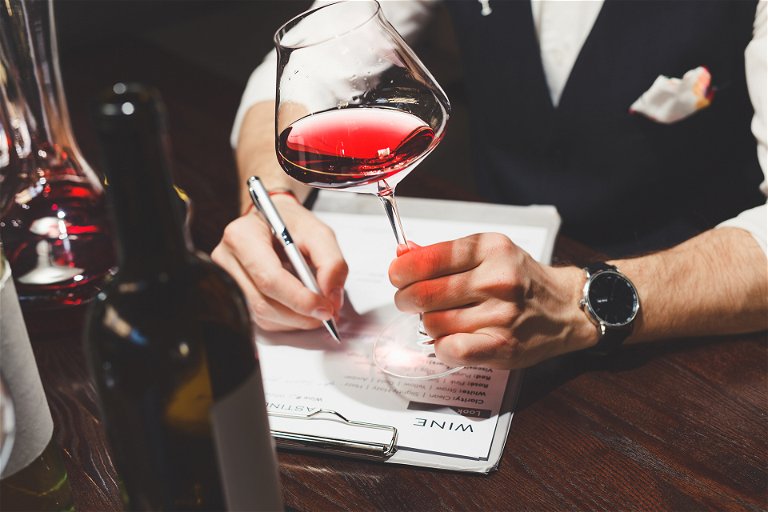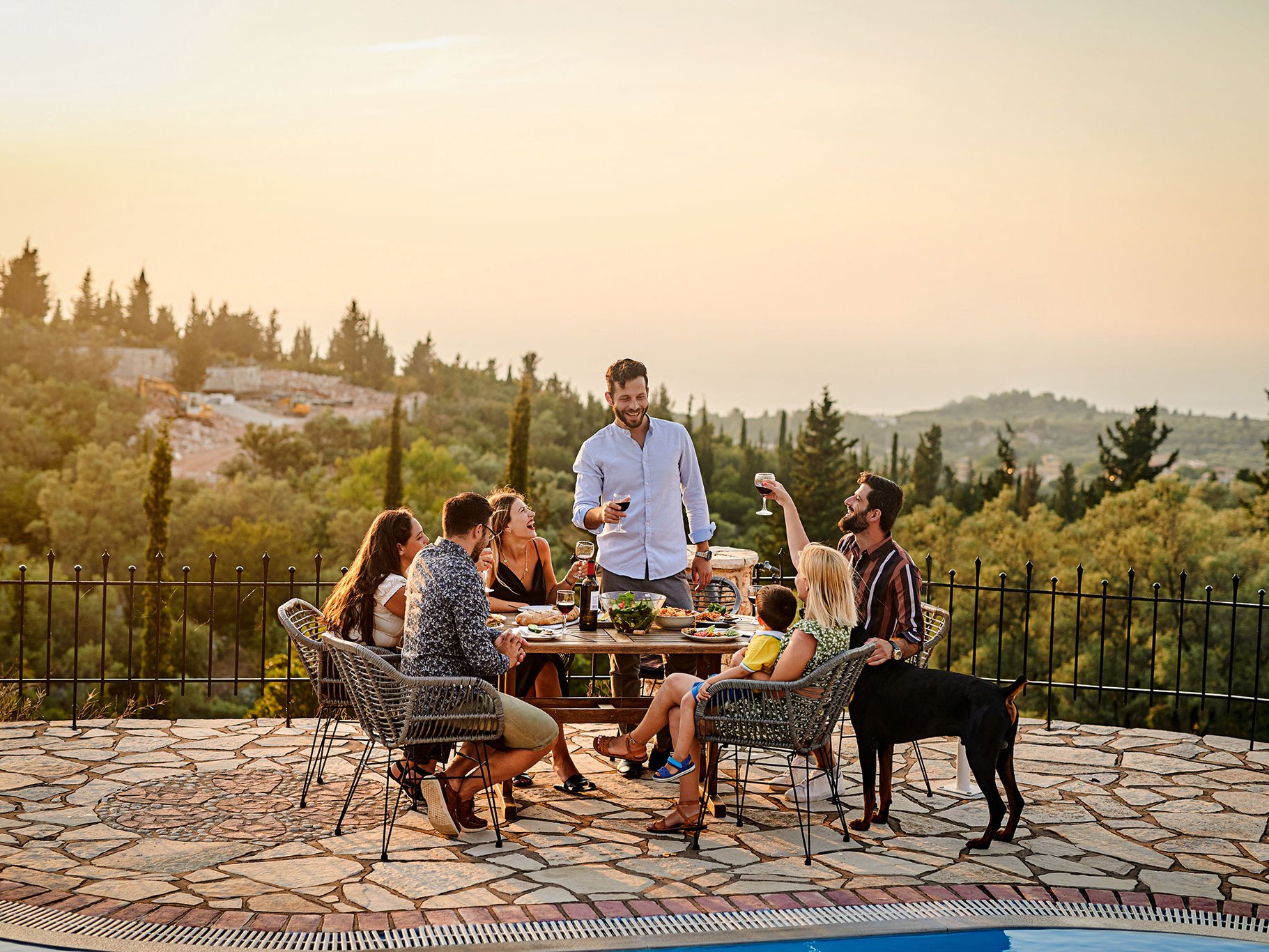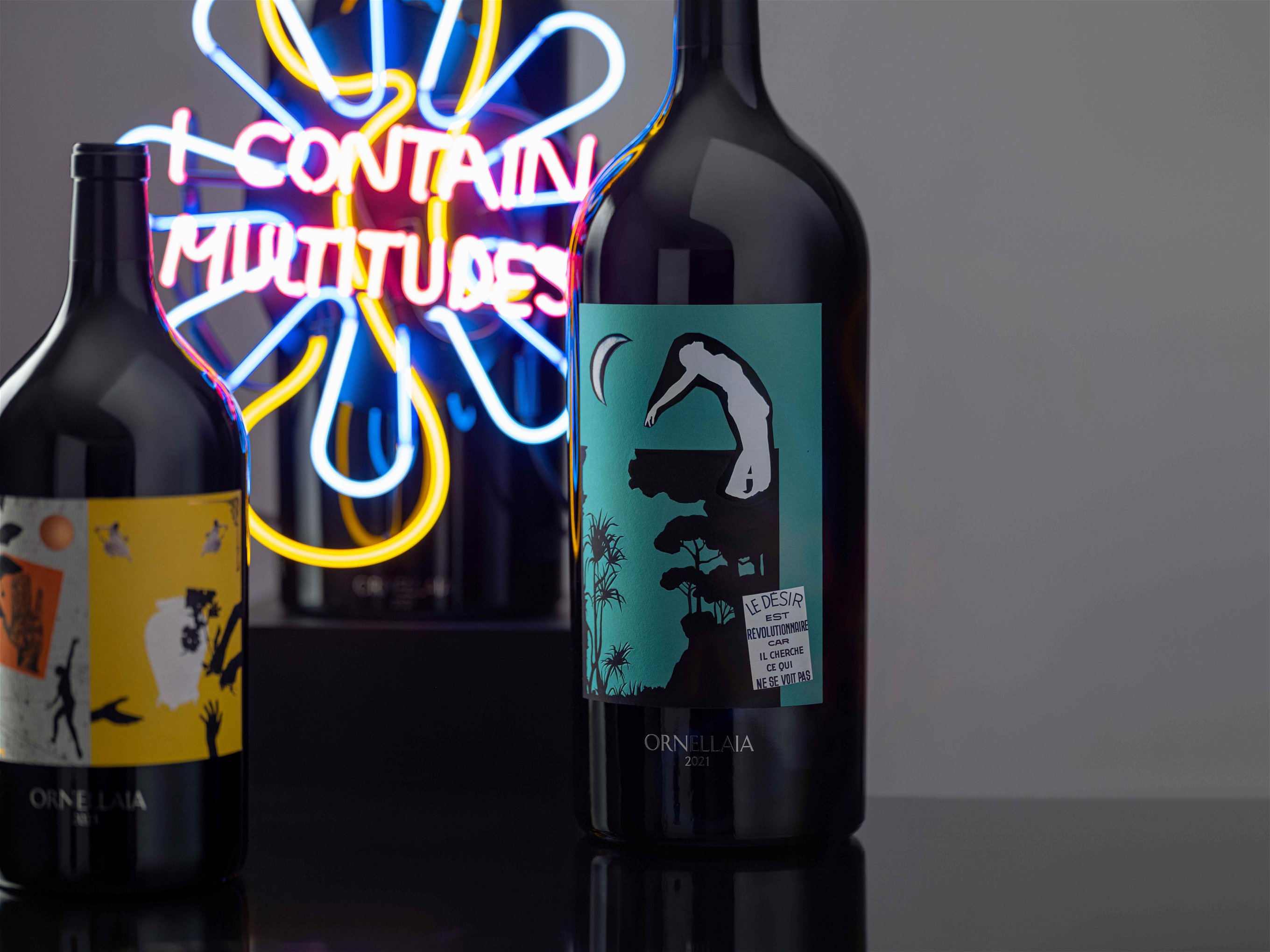Wine beyond January: re-think, re-connect, re-set
Would you like to start being more considered in your wine choices? Here are Falstaff´s suggestions.
The vomitorium was, it turns out, just a figment of the nineteenth century’s overly active imagination – a colourful, if graphic, symbol of the kind of gourmandising that the Victorians liked to pin on someone else, somewhere else. Despite this reputation for Bacchanalian excess, the toga and sandals brigade of the classical world were more about moderation. Sophrosyne was the Greek term which roughly translates as self-control, prudence, temperance. January, named after the ancients’ Janus-faced god, is a time to take inspiration from their approach, to look backwards to the Dionysian frenzy of the festive period and forwards to the year to come. It’s the perfect opportunity, whilst the body is sated and the coffers depleted, to reassess our ongoing relationship with Dionysus’ greatest gift, wine.
If you are not following programmes like Dry January, run by Alcohol Change UK, which encourage a complete break from alcohol, you can nonetheless use the early part of the year to start being more considered in your wine choices, more mindful in selection and consumption. The term “Damp January” was recently coined to describe such a change to previous drinking styles and patterns, a thoughtful reduction rather than complete abstinence. Here are our suggestions to get you started and hopefully carry you beyond January 31st.
Experiment with naturally low-alcohol wines
It was a particularly skull-splitting Amarone della Valpolicella (15.5% abv, alcohol by volume) that recently reminded me of the joys of lower-alcohol wines. Not reduced or de-alcoholised wines, but wines that are by their nature at the lower end of the alcohol spectrum without a hint of compromise in quality or taste. It’s an obvious point, but one often overlooked – choosing a glass of beautifully made 10% abv wine in place of a more brutish libation decreases alcohol consumption without any sense of privation.
Most wines are between 11.5% and 15% abv, but there are a significant number in the 9-11% range. In general, alcohol levels have crept up since the ‘80s. Climate change is one reason: the classic wine regions of the world are now warmer than they were. But fashion has also played its part, the desire for riper flavours pushed harvests later and favoured warmer winelands – think of golden, syrupy Aussie Chardonnay c. 1990. The pendulum has mercifully swung back, and now the race is on to secure flavour without long, sugar-laden hangs and sky-high alcohol levels.
The simple equation, sun + time = ripeness, sugar and therefore alcohol, means that wines from sunnier climes and/or that harvest later tend to have higher alcohol levels. This doesn’t factor in local topography, grape variety or winemaking techniques, but as a general rule to help navigate the geography of your local wine emporium, it holds true. England, for example, has only been able to ripen Chardonnay and Pinot Noir for still wines recently, but they are starting to appear and tend to have lower abvs than their continental or new world cousins. Gusbourne’s delightful Pinot Noir, for example, hovers around 11.5-12%, as does Hattingley Valley’s Chardonnay. Other more traditional British plantings, varieties like Madeleine Angevine and Bacchus, often produce wines around the 11-12% mark. In Germany, high latitude and altitude often combine to ensure Riesling ripens consistently but without high sugar levels and hence higher potential alcohol. Take Dr Loosen’s wonderful Grey Slate or Red Slate Riesling Kabinetts, both at 10.5% abv and spicy Ürziger Würzgarten at around 7.5%.
Red grape varieties that thrive in the cooler climes of the Loire, Oregon or Canada’s Okanagan Valley, like Pinot Noir, Cabernet Franc, Gamay, and even Cot (Malbec under another name), are the ones to check out. Italy’s sparking red Lambrusco regularly comes in the lower bracket – head for quality producers like Cavicchioli and Cleto Chiarli. Sparkling wine in general tends to be lower in alcohol, as acidity is stylistically more important than ripeness and potential alcohol. Prosecco often hovers around the 11% mark, and Champagne a little higher. Asti and Moscato d’Asti, Piemonte’s sweet sparklers, max out at 8% and 6.5%, respectively, as fermentation is stopped part way through leaving residual sugar and naturally less alcohol.
Choose quality over quantity
Another simple method for reducing alcohol is to trade up in quality and down in volume. Replacing a few bottles of cheap plonk with something of a higher calibre feels like rewarding yourself rather than cutting back. Trying something new, a different grape variety or region, makes it into a voyage of discovery rather than an exercise in deprivation. It doesn’t have to break the bank, and when you consider the simple economics of fewer but better, it may end up seeming a bargain. Of course, there’s the danger that your palate will refuse anything but Romanée-Conti in future, a difficult road to follow in anything but Prada loafers …
Instead, follow the path out of the supermarket aisle and into your local wine shop. It’s a tough time for smaller retailers and they need your support. If you go in with a budget and/or request for lower abv, they’ll be delighted to help. It’s a great opportunity for swapping corporate wine producers for something more bespoke as well.

Educate your palate: taste more, drink less
We consume wine for a variety of reasons, social as well as sensuous. Habit is another driver and one worth challenging. The invitation is to slow down, savour and taste rather than just drink. You don’t have to go the whole slosh and spittoon route, but spending time with your wine will reward your interest many times over. Enrolling in one of the many in-person or online wine courses enhances the experience. The Wine and Spirits Education Trust (WSET) is the world’s leading provider (full disclosure: I am an alumnus), but there are others, from the internationally renowned Cordon Bleu to the ever-effervescent Wine Folly. Local wine schools abound, as well as less formal tasting groups. Online enthusiasts and social media sensations are legion, desperate to tell you about Hungarian Ezerjó or the latest flavour of the day.
Investing in a handy wine saver, like the vacuum versions of Vacu Vin or Le Creuset, is a simple, cost-effective way to support your new-found sensibilities. It means you can safely store an opened bottle of wine in the fridge for a week, removing the pressure to finish it just because it’s open. It also allows you to pop the cork on a few bottles at a time, for tasting and comparing, safe in the knowledge that there won’t be any waste.
Think sustainability and impact
Many winemakers have moved towards sustainable farming in recognition that their actions affect climate and ecology. It’s not just a case of altruism but ultimately of the ongoing viability of their businesses. Reduction in the use of agrochemicals, promotion of biodiversity, effective waste management and low-carbon supply chains are rightly important to many customers. We can all do our bit by supporting producers and retailers who are serious about the impact of what they do.
There is no one set of internationally recognised rules for sustainably produced wine, but there are certification programmes in the key wine-producing countries and regions to look out for: France has several, including Terra Vitis, Haute Valeur Environnmentale and Vignerons en Développement Durable. Other examples include schemes in Italy, New Zealand and Chile, as well as the fledgling Sustainable Wines of Great Britain. Things are more coordinated for organic and biodynamic wines, the former represented by the EU’s Certified Organic Logo and USDA certified organic labelling in the USA, the latter by Demeter International.
The international Fairtrade movement’s well-recognised labelling aims to ensure both production and supply standards, including workers’ rights. It helps developing countries get a fair price for their wines plus a premium that can be ploughed back into local healthcare and education. According to their records, more than 20.5 million litres of Fairtrade wine was drunk in the UK alone in 2019 – something we can raise our glasses to all year round.













